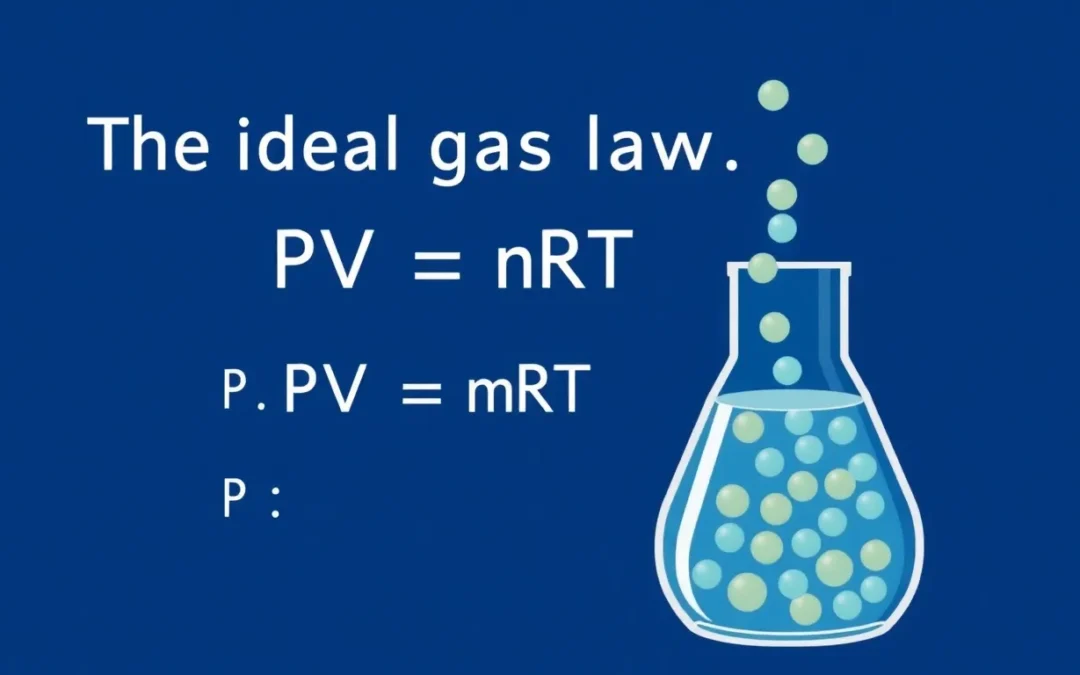Puddled iron, a landmark innovation of the Industrial Revolution, was a form of refined iron produced through a process known as puddling. This method involved decarburizing molten pig iron in a reverberatory furnace, which, by stirring with rods, allowed impurities like carbon and silicon to be oxidized and removed. The process resulted in a more malleable and durable material, heralded for its strength, ductility, and resistance to corrosion, making it indispensable for various applications including construction, machinery, and transportation infrastructure.
The inception of puddled iron traces back to the late 18th century, with Henry Cort, an English inventor and metalworker, being the brainchild behind this revolutionary technique. Cort patented his process in 1784, significantly transforming the iron industry. Initially, the production kicked off on a large scale at the Penydarren Ironworks in Merthyr Tydfil, Wales, rapidly spreading across Britain and subsequently to other industrializing nations.
Puddled iron’s impact was profound, underpinning the rapid expansion of industrial economies. It became a cornerstone in the construction of railways, bridges, machinery parts, and in the manufacture of ships and weaponry, essentially fueling the advancements in infrastructure and industrial processes throughout the 19th century.
However, by the late 19th century, the prominence of puddled iron began to diminish with the advent of the Bessemer process and the open-hearth furnace, which enabled the mass production of steel. This new era of steelmaking, characterized by higher quality, consistency, and cost-efficiency, led to steel swiftly supplanting puddled iron in numerous applications. The decline was hastened by the rise of structural steel and reinforced concrete, rendering traditional wrought iron, made from puddled iron, largely obsolete by the early 20th century.
In contemporary times, while puddled iron is no longer manufactured or used on an industrial scale, it remains a subject of interest among historians, archaeologists, and metallurgists. Its historical significance is celebrated, with some artisans and blacksmiths still working with puddled iron for specialized purposes or to preserve traditional craftsmanship. Moreover, structures and artefacts from the Industrial Revolution era made of puddled iron are preserved and studied, highlighting the material’s lasting legacy and the pivotal role it played in the technological advancements of the past.
Recent Discoveries and Insights in Chemistry
Explore a range of topics within the technology sector from reputable sources:
-
The Smallest Known Molecular Knot Made of Just 54 Atoms
This discovery marks a milestone in molecular structure, demonstrating the complexity and potential of new material properties. Read more on Science News -
Accelerating Innovation in Computational Chemistry
Microsoft’s AutoRXN aims to transform R&D processes in quantum chemistry and materials science through high-performance computing. Explore on Microsoft Azure Quantum Blog -
Eco-Friendly Breakthrough: New Polymers Made From Plant Cellulose
A sustainable alternative to conventional plastics, these new polymers highlight the importance of green materials. Learn more on SciTechDaily -
IUPAC Green Book – New Abridged Version
Offering updated standards for physical chemistry, the Green Book remains a vital resource for the chemical community. Find out more on IUPAC -
The Importance of Teaching Chemistry
Discussing strategies for engaging students and integrating chemistry into diverse educational curriculums. Read the full article on The Teaching Couple






0 Comments